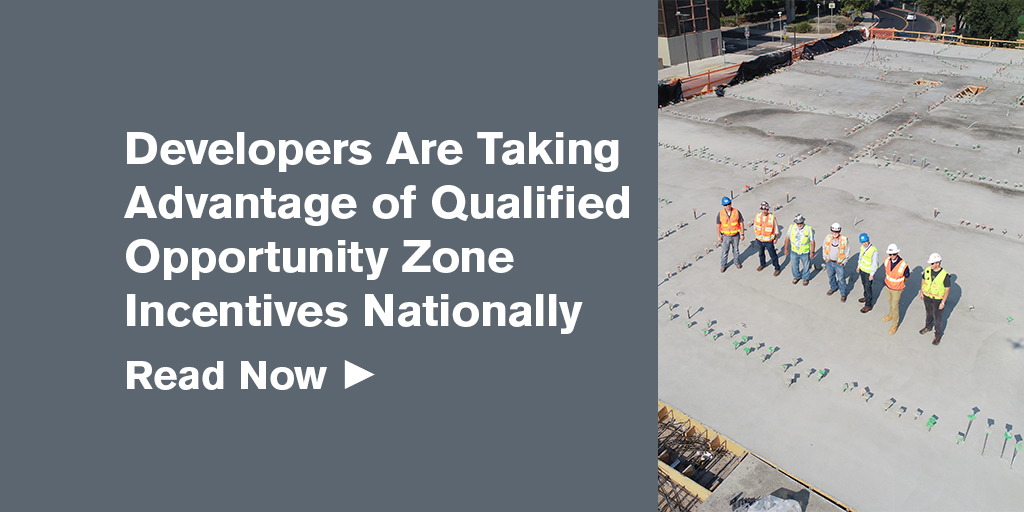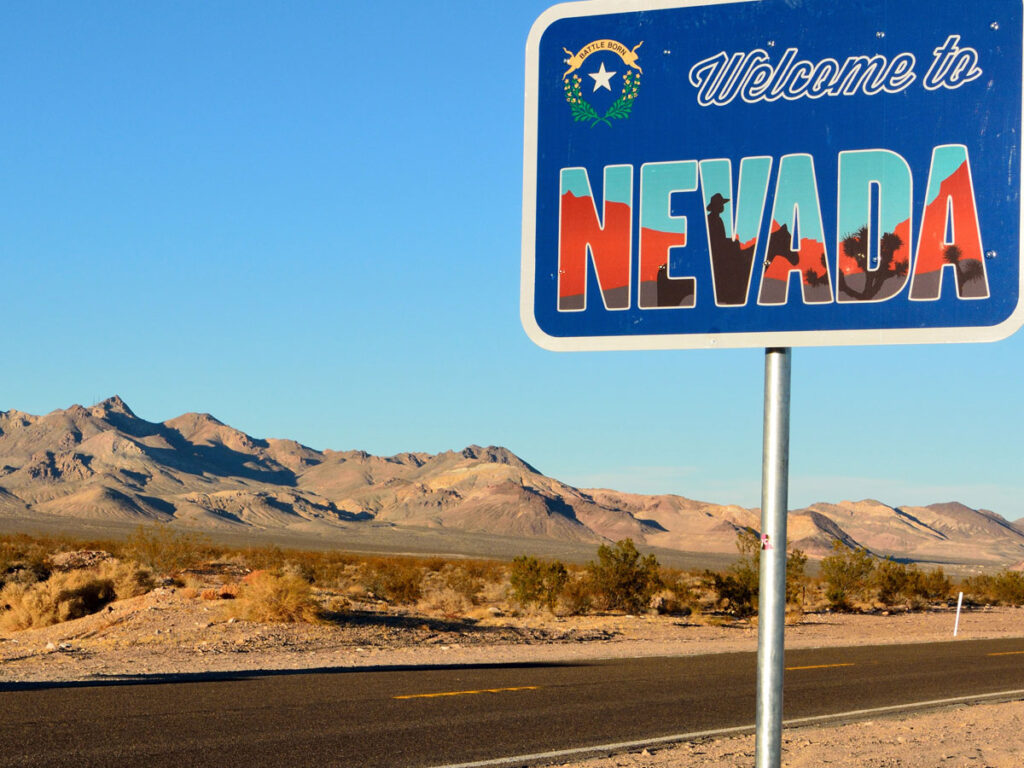Since Congress introduced Qualified Opportunity Zones (QOZs) in the Tax Cuts and Jobs Act of 2017, developers have been navigating the new incentives to identify the maximum benefit for investors.
There are more than 8,000 Qualified Opportunity Zones across the country, which include economically-distressed communities that could use new investments to fuel growth. Under certain conditions, investors may be eligible for preferential tax treatment for investing in those areas.
QOZs are a current trending topic in real estate, so BPM’s Jackie Matsumura recently took the opportunity to moderate a CREW East Bay event panel and share her knowledge of the complicated subject. The panel also included Amy Coombe and Jose Luis Martinez, two CFOs of development companies based in the Bay Area. Discussions included how developers are currently planning construction projects around QOZs to attract investors, and what insiders are expecting to come next.
Looking for Current Projects in QOZs and Choosing Easy-to-Market Areas
When news of the QOZs started to spread amongst those in the real estate industry, developers began searching to see what current or scheduled projects were located inside the zones. It was the easiest strategy to start taking advantage of the offered tax incentives.
“When I heard the news about Qualified Opportunity Zones, the first thing I did was pull up the map of all the zones and start plugging in all of our project addresses,” Amy said. “We were thrilled to learn that one of our projects in the Jack London Square neighborhood of Oakland is right on the edge of an Opportunity Zone. The location of this existing project prompted us to dive head-first into learning about the rules.”
Amy Coombe is the CFO of Branagh Development. Located in the East Bay, Branagh focuses on building custom homes, subdivisions, multifamily and commercial developments while creating opportunities for a pool of investors.
“The (QOZ) incentive is really aligned with our mission,” Amy said. “We like to think we’re a small and mighty group that can look at infill development opportunities in urban areas to create the most value and find the best purpose for that land.”
Developers backed by investors, like Branagh, are the ones with the most to gain from QOZs. Investors will be able to temporarily defer capital gains tax on the sale of assets by reinvesting those gains into a Qualified Opportunity Fund (QOF) within 180 days of the sale. If that amount stays in the QOF for more than 10 years, then investors will not have to pay income tax on the appreciation on ultimate sale.
QOZs near big metropolitan areas like San Francisco, Los Angeles and New York are going to be the main target for many developers and investors now and in the near future, according to JMA Ventures’s CFO Jose Luis Martinez.
“Certain Opportunity Zones are not necessarily in the worst areas, they are actually in pretty good areas, and so those are the areas where we are targeting our projects and developments, as are other developers,” he said.
JMA focuses on building leisure properties, as well as office spaces. It was fortunate, like Branagh, to find one of its in-progress projects in Downtown Phoenix made it into a QOZ. Thanks to this designation, the company decided to “test the market and see if there was any interest” in QOZ investments, Jose said.
“And we were hugely successful,” he added. “We raised the entire equity for the project, mainly through individual investors.”
Development Will Eventually Spread to Underdeveloped Neighborhoods
Investment opportunities in and around big cities will eventually become few and far between, and that’s when underserved communities will start to see more development. The IRS initially created QOZs to stimulate growth and jobs in impoverished areas. The typical QOZ has an average poverty rate of 31%—well over the 20% it needs to qualify.
While developers are currently targeting zones that are sure bets for investors—like Oakland, Berkeley, Sacramento, Miami and Baltimore—Jose predicts that pockets of less-developed areas like Northern New Mexico will see growth in the future. But he warns that investors and developers alike should not lower their standards just to find projects in QOZs.
“It is still important to have reasonable projects in the area,” Jose said. “Just because it’s in a Qualified Opportunity Zone, it doesn’t mean rules of proper real estate investing are not in place.”
Jose said he gets disappointed whenever he receives calls from an investor who is not necessarily interested in what a project is, rather only focuses on the tax break.
“I sometimes get worried when I get asked about the Opportunity Zone aspect of a deal, but they don’t ask about any of the other details,” he said. “I am surprised when they don’t, because that shouldn’t be the case. People should be involved in the project.”
Because of this drive to invest money where tax incentives are plentiful, it may mean less productive projects in the future for the communities who may need growth the most.
Insiders are keeping a watchful eye to see the evolution of QOZ investments, but those interested or involved in the real estate industry can expect the underdeveloped areas near big cities to become bigger and better in the upcoming years before the small towns will likely see any positive changes on the horizon.
* CREW East Bay is a professional organization whose mission is to advance women as influential leaders in the commercial real estate industry by providing educational resources, recognition and opportunities to build professional relationships.
Jackie Matsumura is a Partner and Real Estate Industry Group Co-leader at BPM. Contact Jackie at [email protected] or 925-296-1035.
 Since Congress introduced Qualified Opportunity Zones (QOZs) in the Tax Cuts and Jobs Act of 2017, developers have been navigating the new incentives to identify the maximum benefit for investors.
Since Congress introduced Qualified Opportunity Zones (QOZs) in the Tax Cuts and Jobs Act of 2017, developers have been navigating the new incentives to identify the maximum benefit for investors. 
